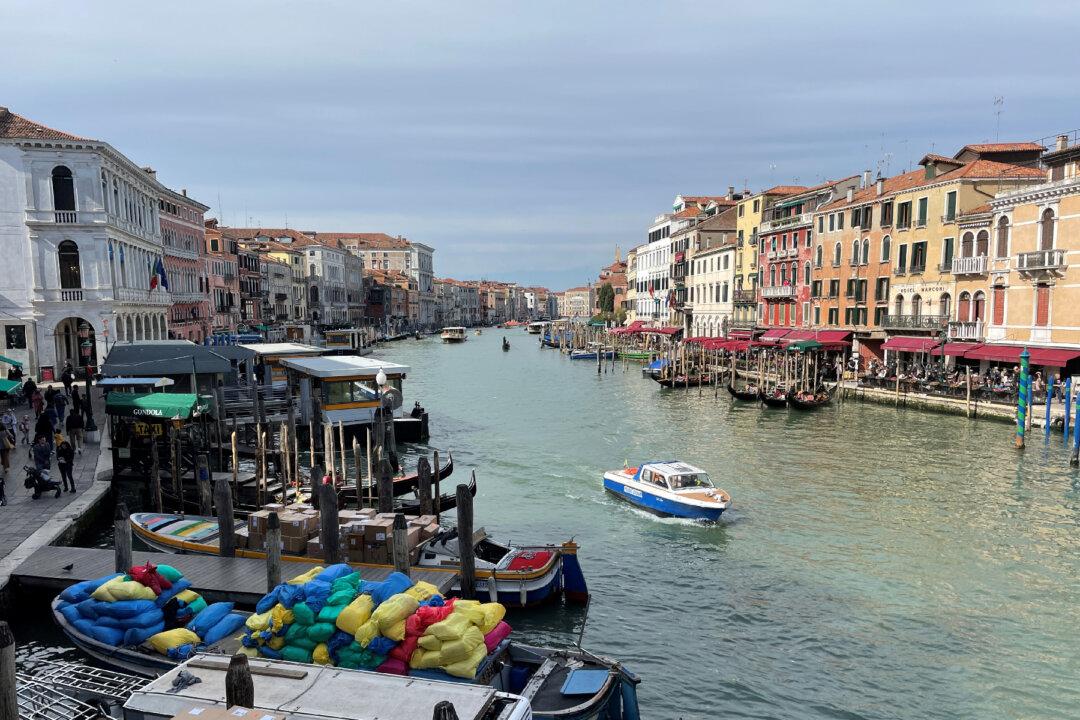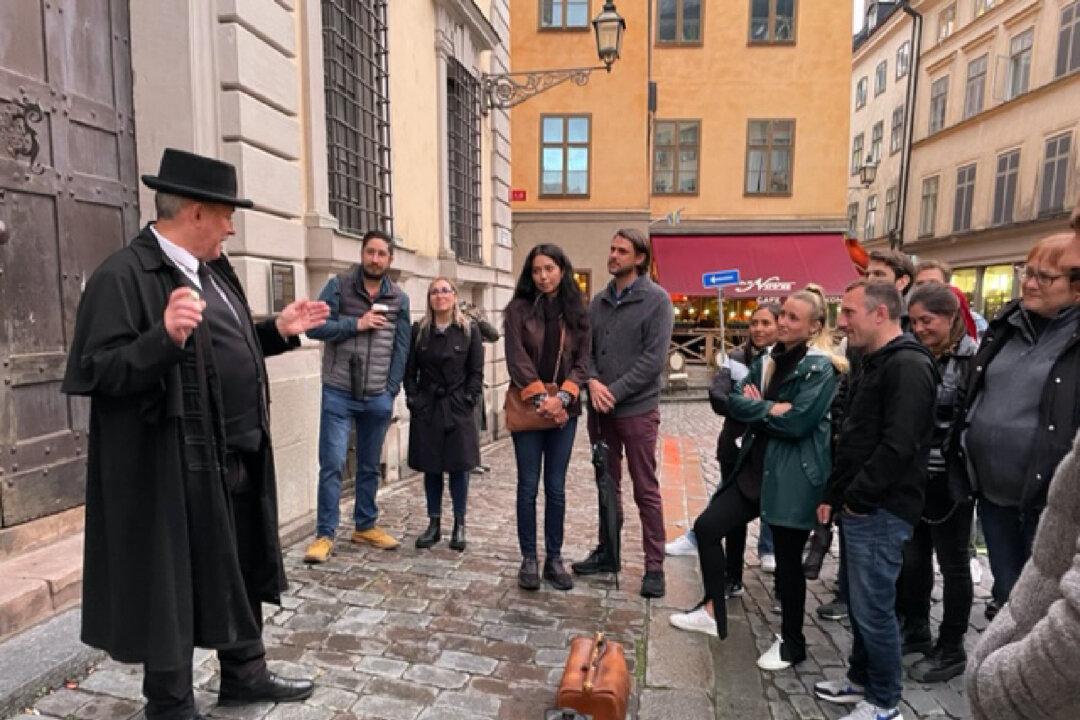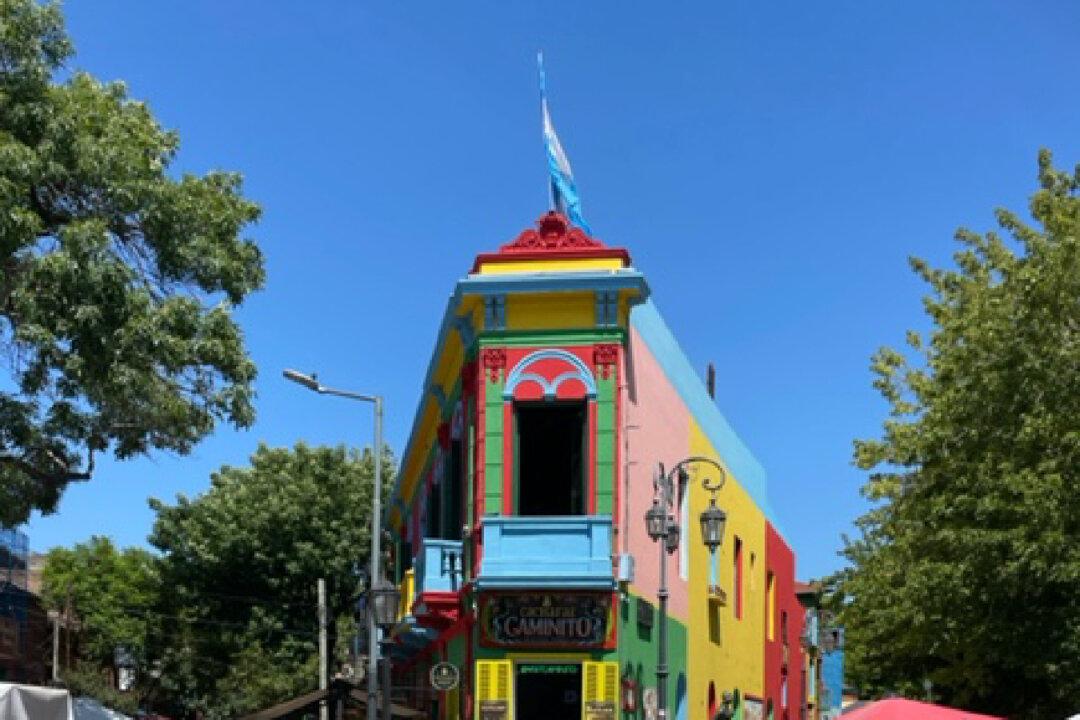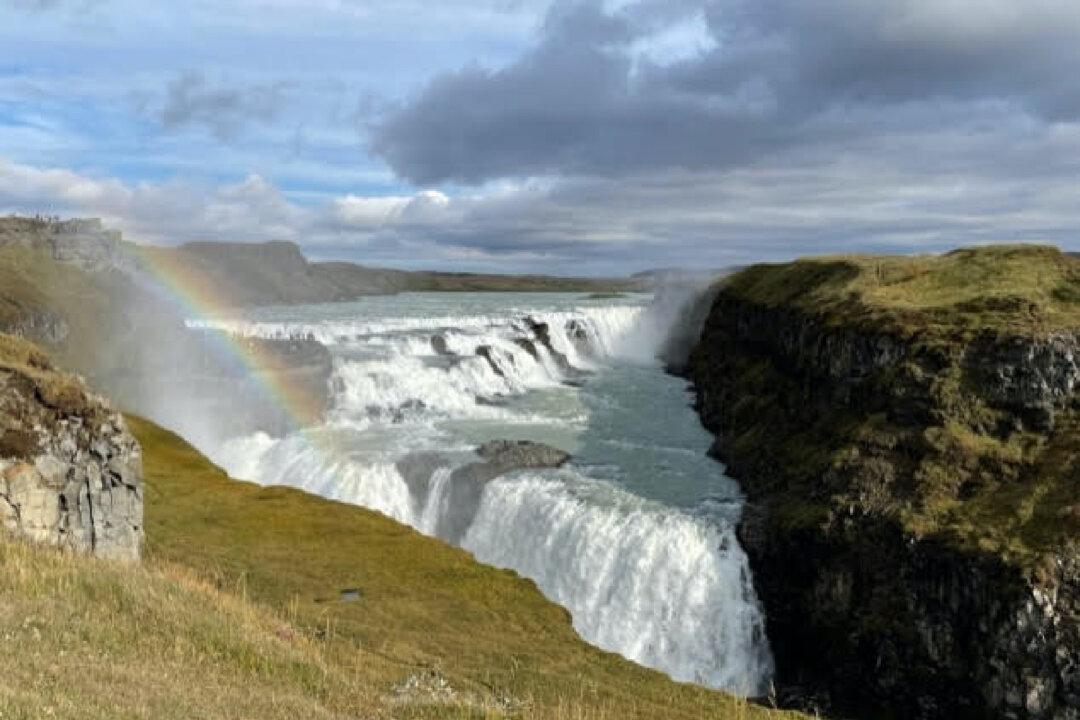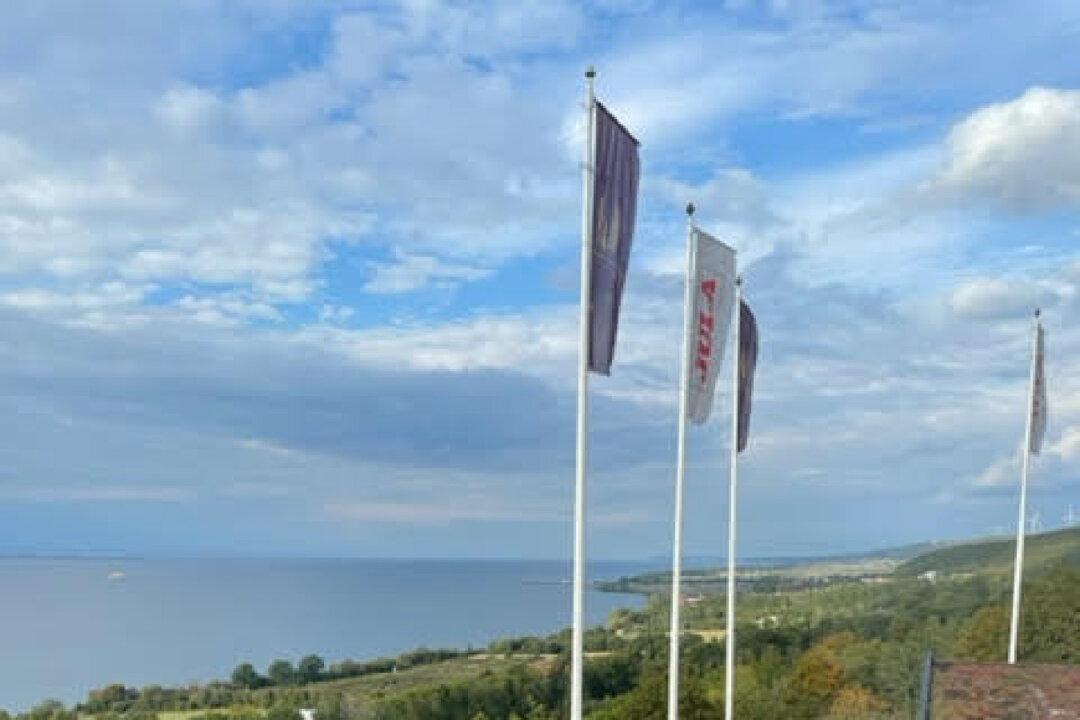As my husband and I sat with our suitcases awaiting an early water bus to the Venice airport we had time to watch the city come to life. Cartons for delivery clattered past on handcarts designed for the narrow alleys of the city while boxes of flowers and fresh vegetables motored down the Grand Canal on boats made for narrow waterways. Smartly clad businesspeople hustling on their way to work dropped bags of garbage or recycling at carefully choreographed barges parked throughout the city. Other barges waited for bags of dirty laundry at hotel docks.
Such is the way this city begins each day. Later, bustling crowds of foreign visitors would crowd the streets; it is for them that the daily gears begin to grind. Sidewalk cafes prepare to make Aperol spritz and bruschetta. Gift shops set out Venetian trinkets for impulse shoppers. Tour guides gather their first groups.

